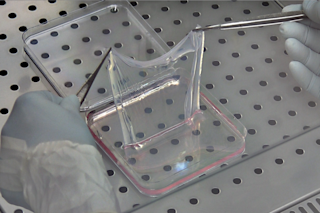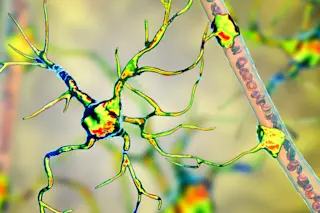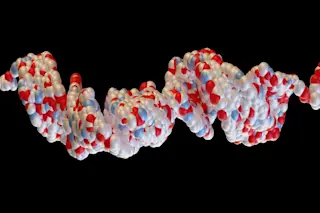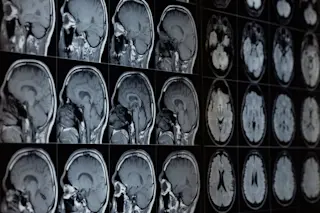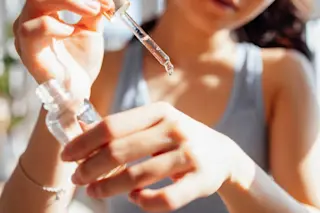An epidermal sheet grown on a fibrin base, like the grafts used to heal a boy's skin in Germany. (Credit: CMR Unimore) Doctors have replaced the majority of a patient's damaged skin using genetically-modified grafts. In 2015, a seven-year-old boy was admitted to a German hospital with lesions and blisters across nearly his entire body. He suffered from a rare genetic condition called junctional epidermolysis bullosa (JEB) that prevents the epidermis, the outermost layer of our skin, from properly attaching to the underlying base. It results in extremely fragile skin prone to breaking and tearing, and patients with such severe cases often don't survive beyond adolescence. The culprit is a deficiency of the protein laminin-33, and it's caused by a mutation in one of three genes.
Faced with slim odds for their patient's survival, the German doctors obtained permission from the boy's parents to attempt a gene therapy technique that ...


